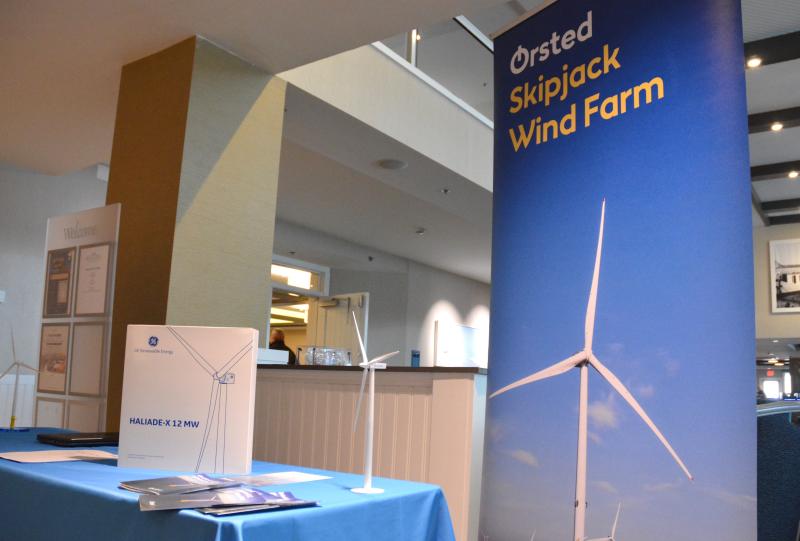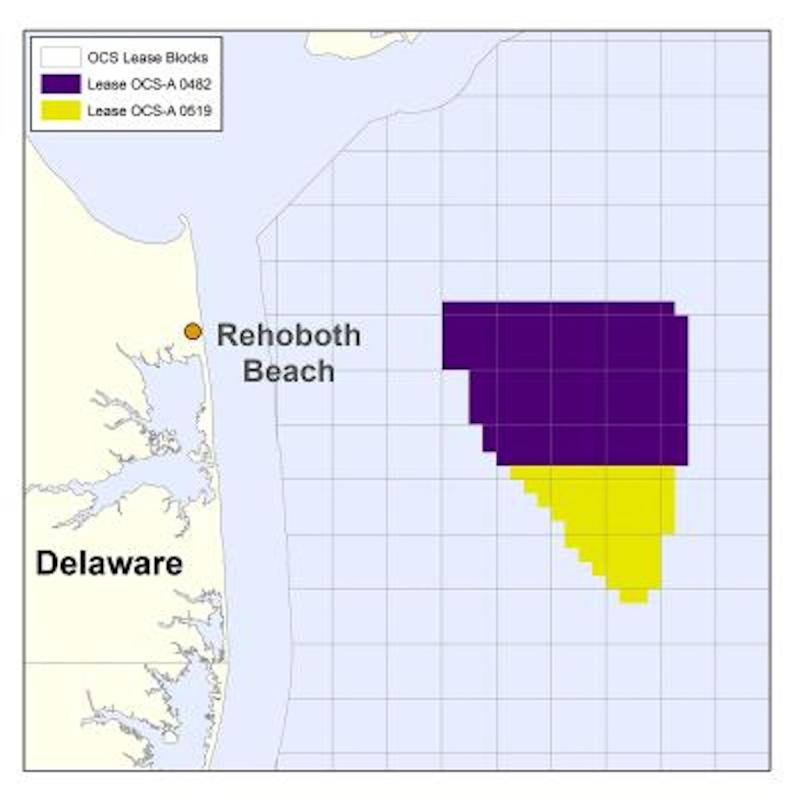Ørsted still actively developing a plan for wind farm off Del. coast
Danish-based power company Ørsted recently announced it is no longer pursuing wind farms off the coast of New Jersey. At least for now, the company is continuing to move forward with Skipjack, its proposed wind farm off the coast of Delaware.
“Skipjack Wind remains in active development,” said Chris Bason, Ørsted's stakeholder relations lead in Delaware.
Following a decision by its board of directors, Ørsted announced Oct. 31 that it was stopping its New Jersey projects.
“Macroeconomic factors have changed dramatically over a short period of time, with high inflation, rising interest rates and supply chain bottlenecks impacting our long-term capital investments,” said David Hardy, Group EVP and CEO Americas at Ørsted, in a statement accompanying the announcement.
Ørsted continues to reconfigure Skipjack Wind and expects to have more clarity on its path forward in the coming months as discussions continue with stakeholders in Maryland, said Hardy.
Ørsted has twice been awarded Offshore Renewable Energy Credits by the Maryland Public Service Commission for a federally regulated wind farm area about 17 miles due east of Delaware – for Skipjack Wind 1, a 120 MW project, in 2017; and for Skipjack 2, an 846 MW project, in late 2021.
The company announced a few months ago it was resuming nearshore survey work off Delaware’s coast beginning this fall.
Ørsted was further along in the approval process for its New Jersey project than it is for the project off Delaware.
Ocean Wind 1’s Construction and Operations Plan was approved by the Bureau of Ocean Energy Management in September and onshore construction was already underway, said Bason. Ocean Wind 2 was in the site assessment phase, he said.
Looking forward, Ørsted is considering a number of things as it evaluates its next steps for the project off Delaware, said Bason. Items include the project’s current offshore wind renewable energy certificates, technical configuration, and development and construction timeline, as well as broader macroeconomic factors such as supply chain constraints, interest rates and inflation, he said.
Chris Flood has been working for the Cape Gazette since early 2014. He currently covers Rehoboth Beach and Henlopen Acres, but has also covered Dewey Beach and the state government. He covers environmental stories, business stories and random stories on subjects he finds interesting, and he also writes a column called Choppin’ Wood that runs every other week. He’s a graduate of the University of Maine and the Landing School of Boat Building & Design.






















































